With more than 8 million species of living things on Earth, no wonder that nobody knows or has seen them all. And if you wanted to look at 8 million pictures of all the cool animals roaming the Earth, it would take around eight years if you’d spend 30 seconds for each photo and would do it non-stop, without any breaks for eating or sleeping. And with scientists discovering new rare animal species almost every day, this operation sounds quite unrealistic. That’s why we’ve chosen the most curious and weirdest animals of the bunch, so you won’t have to spend a decade checking them out yourself.
We’ve included land and sea animals, mammals and reptiles, and even bugs to this list, so you’d see many unique animals. A mammal that looks like a crossbreed between a zebra, a giraffe, and a moose? Sure, that’s an okapi! A fish that takes the shape of a blob? Of course, it even has a very appropriate name – blobfish! A weird-looking animal called thorny devil? Why, yes! After seeing these unusual animals, you’ll be amazed that these sometimes very unsightly beings inhabit the same planet as us!
#1 Venezuelan Poodle Moth
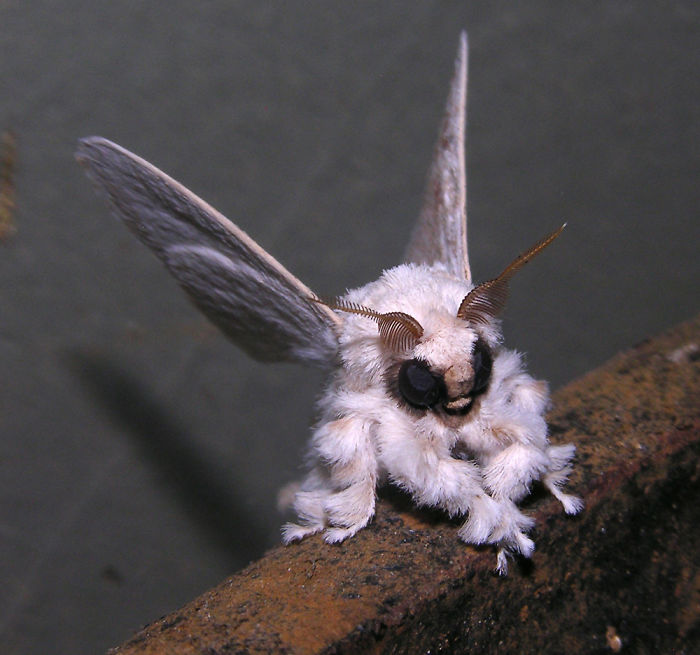
Discovered in Venezuela in 2009, this new species of alien-looking moth has poodle-like fur covering its head, thorax, abdomen, and even its wings.
#2 Glaucus Atlanticus
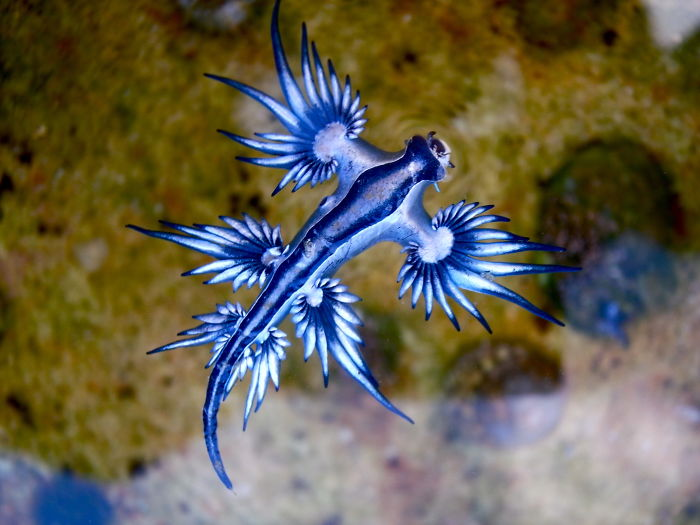
Also known as the blue dragon, this creature is a species of blue sea slug. You could find it in warm waters of the oceans, as it floats on the surface because of a gas-filled sack in its stomach.
#3 Dumbo Octopus

Dumbo octopus is an umbrella octopus found all around the world. Its name comes from Disney’s “Dumbo” because of the creature’s ears bearing similarity to the movies’ title character.
#4 Macropinna Microstoma
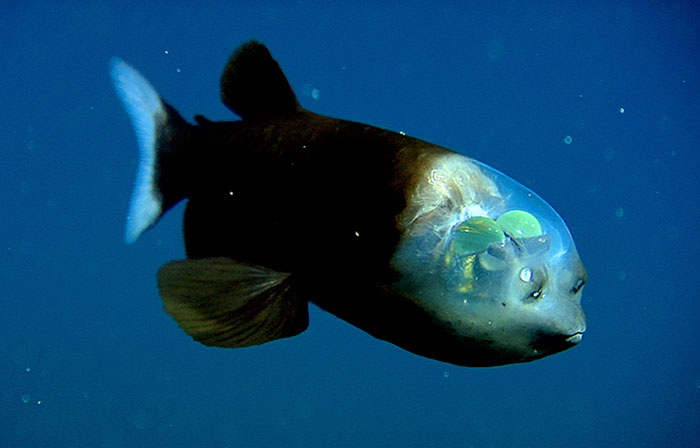
Macropinna microstoma is a species of fish that lives at a depth of about 600 metres (2,000 ft) to 800 metres (2,600 ft), hanging nearly motionless in the water. It is quite unusual with a transparent, fluid-filled dome on its head, through which the lenses of its eyes can be seen.
#5 Irrawaddy Dolphin
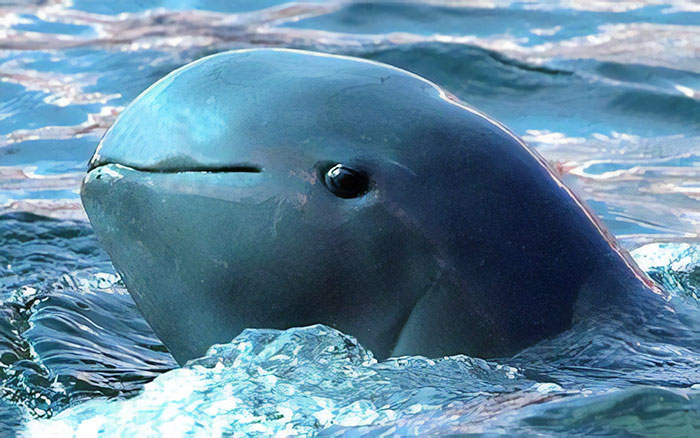
Irrawaddy Dolphin is an oceanic dolphin found in the Bay of Bengal and Southeast Asia. Its most notable feature is a round head with no distinct beak.
#6 Lowland Streaked Tenrec
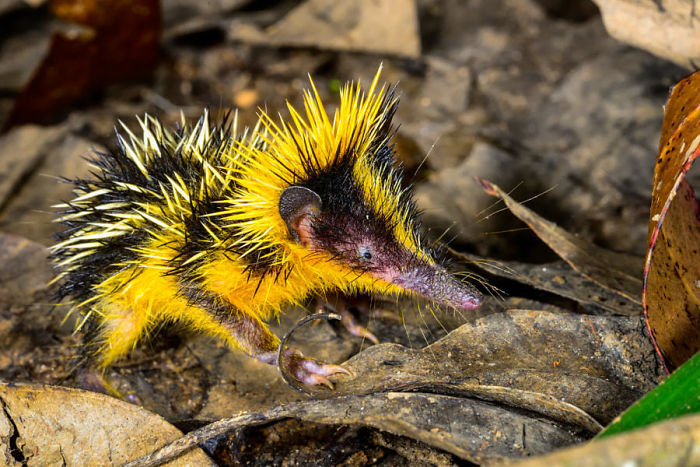
Found in Madagascar, Africa, this small tenrec is the only mammal known to use stridulation for generating sound – something that’s usually associated with snakes and insects.
#7 Red-Lipped Batfish
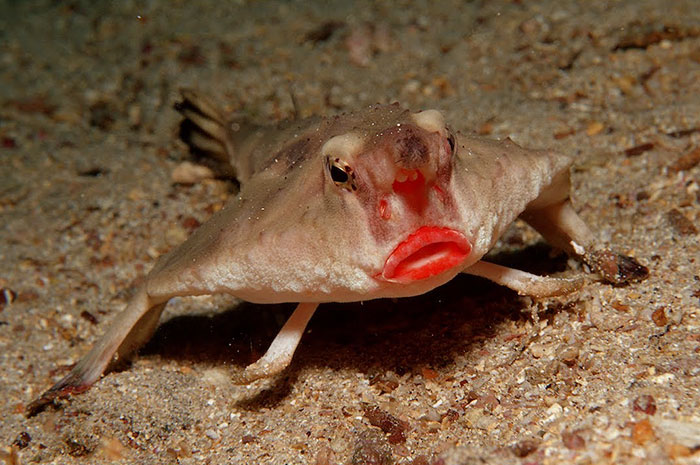
Found on the Galapagos Islands, this fish is actually a pretty bad swimmer, and uses its pectoral fins to walk on the bottom of the ocean.
#8 Sunda Colugo
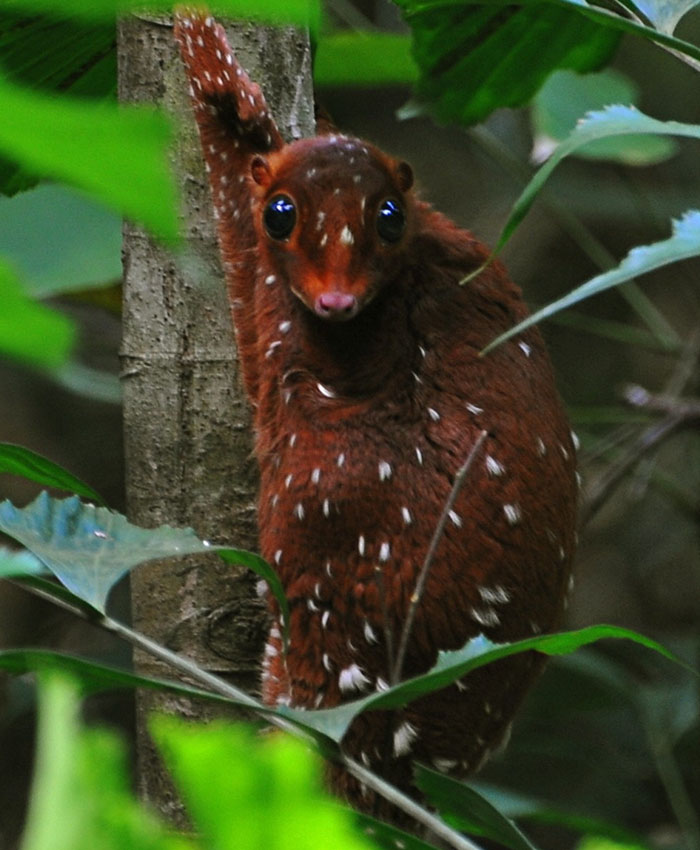
Sunda Colugo or Sunda flying lemur is a species of colugo, native to Indonesia, Thailand, Malaysia, and Singapore. It is not, in fact, a lemur and it does not fly, gliding instead. Sunda Colugo is active at night and feeds on soft plant parts like young leaves, shoots, flowers, and fruits.
#9 Blue Parrotfish
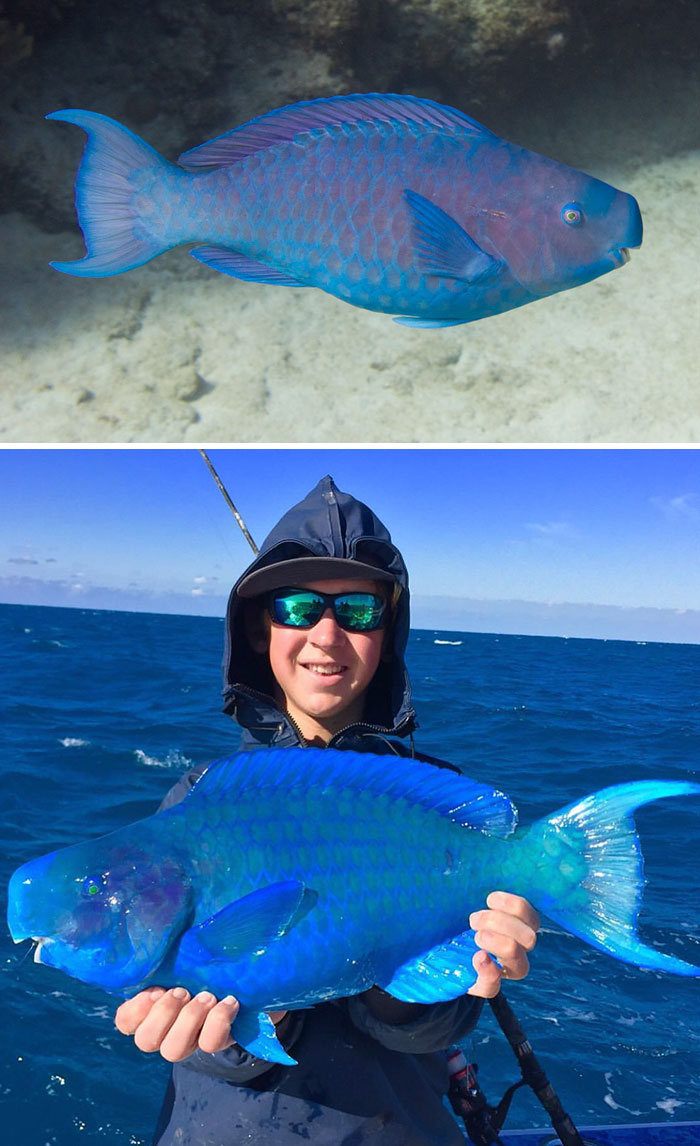
This bright blue fish can be found in shallow water in the tropical and subtropical parts of the western Atlantic Ocean and the Caribbean Sea. They spend 80 percent of their time searching for food and eat small organisms found in the sand and algae that they scrape off rocks.
#10 Glass Frog
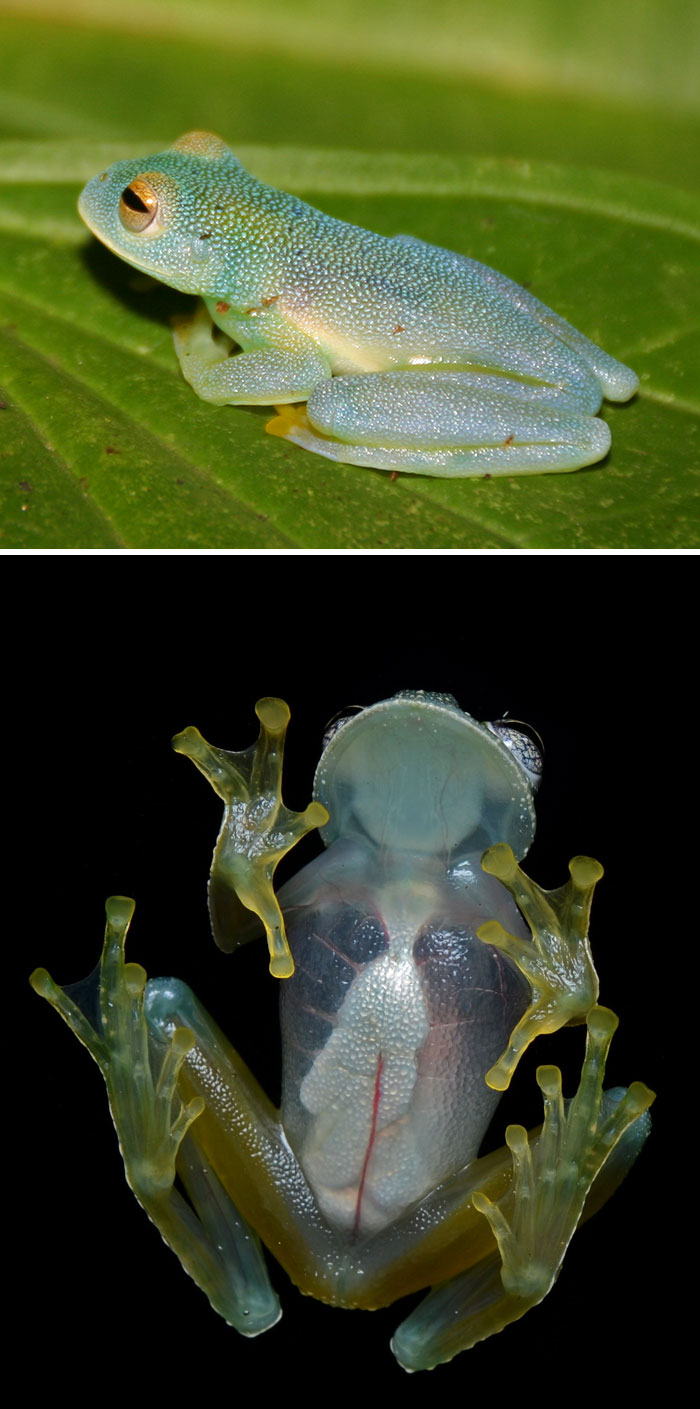
Found in South America, the glass frog is a family of amphibians with some specimens exhibiting an outstanding feature — transparent abdomens. Because the internal viscera is visible through the skin, the common name they are given is glass frogs.
#11 Fossa
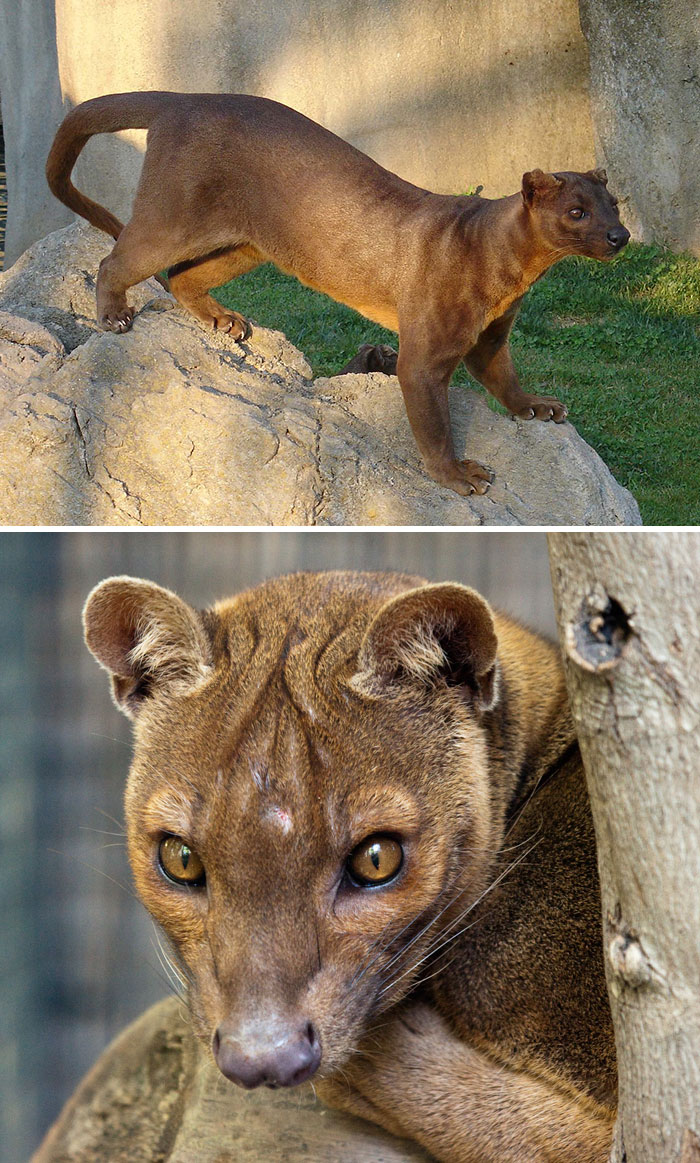
Fossa is a cat-like mammal that lives in Madagascar. Its classification has been controversial because physically it resembles a cat, while other traits suggest relation to viverrids. Genetic research has shown that they are actually their own separate species.
#12 Panda Ant
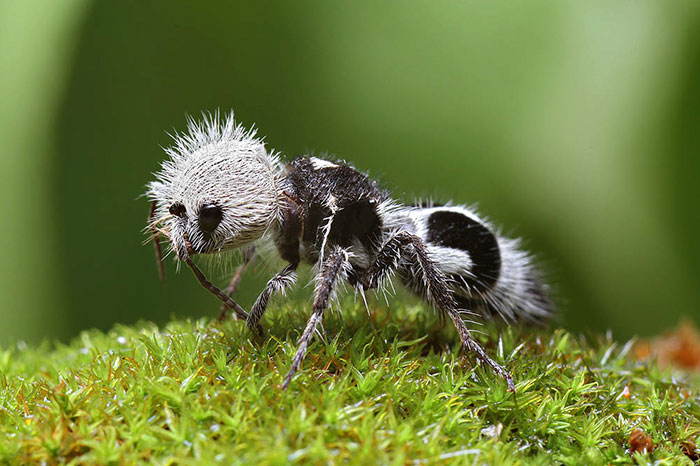
Despite looking like an ant and being referred as such, it is in fact a form of wingless wasp. This insect is also known as cow-killer. Females possess thicker fur but lack wings. The furry panda ant lives for about 2 years.
#13 Tufted Deer
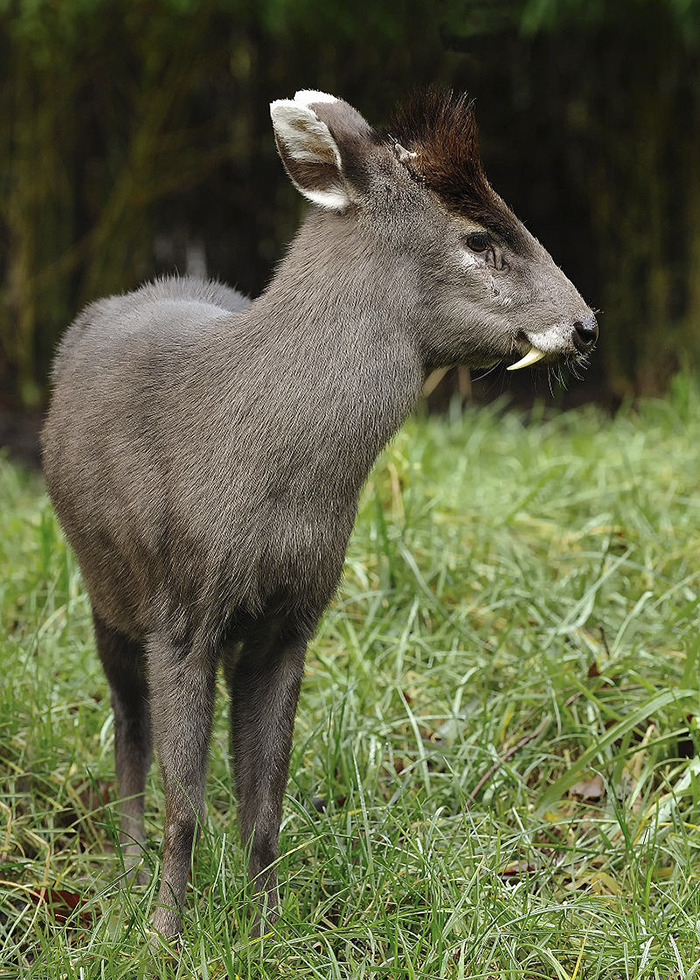
Found in central China, the tufted deer is a small species of deer characterized by a prominent tuft of black hair on its forehead and fang-like canines for the males. It is a timid, mainly solitary creature, that sometimes lives in pairs and enjoys living in areas with good cover.
#14 Honduran White Bat
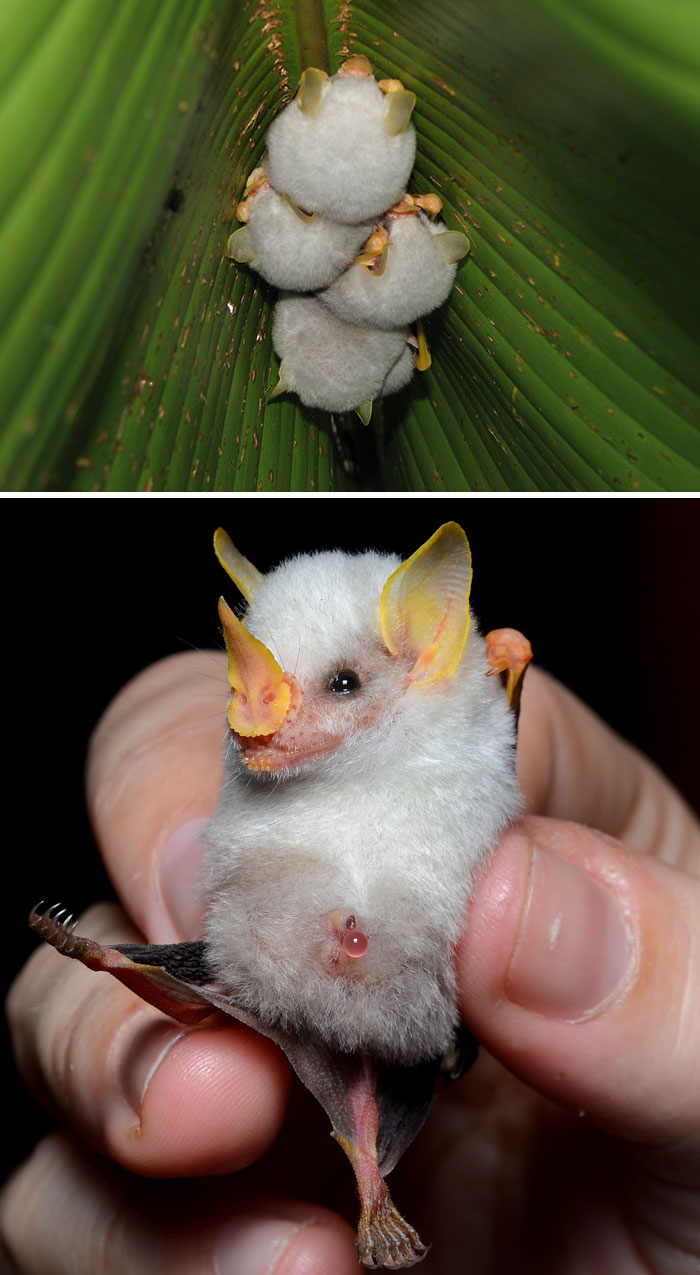
The Honduran white bat has distinctive white fur, with tips of individual hairs being gray as well as a leaf-shaped nose. They live in leaf ‘tents’ that they ‘build’ by cutting the side veins extending out from the midrib of large leaves.
#15 Japanese Spider Crab
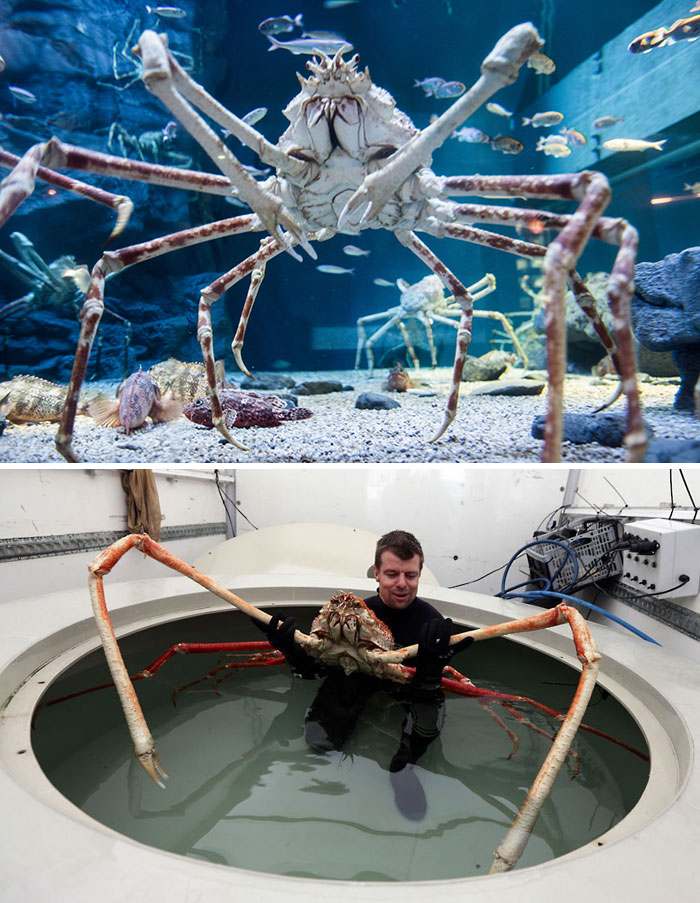
The Japanese spider crab lives in the waters near Japan and has the largest leg span of any arthropod, reaching up to 5.5 metres (18 ft). Despite looking ferocious, the crab has been reported to have a gentle disposition.
#16 Saiga Antelope
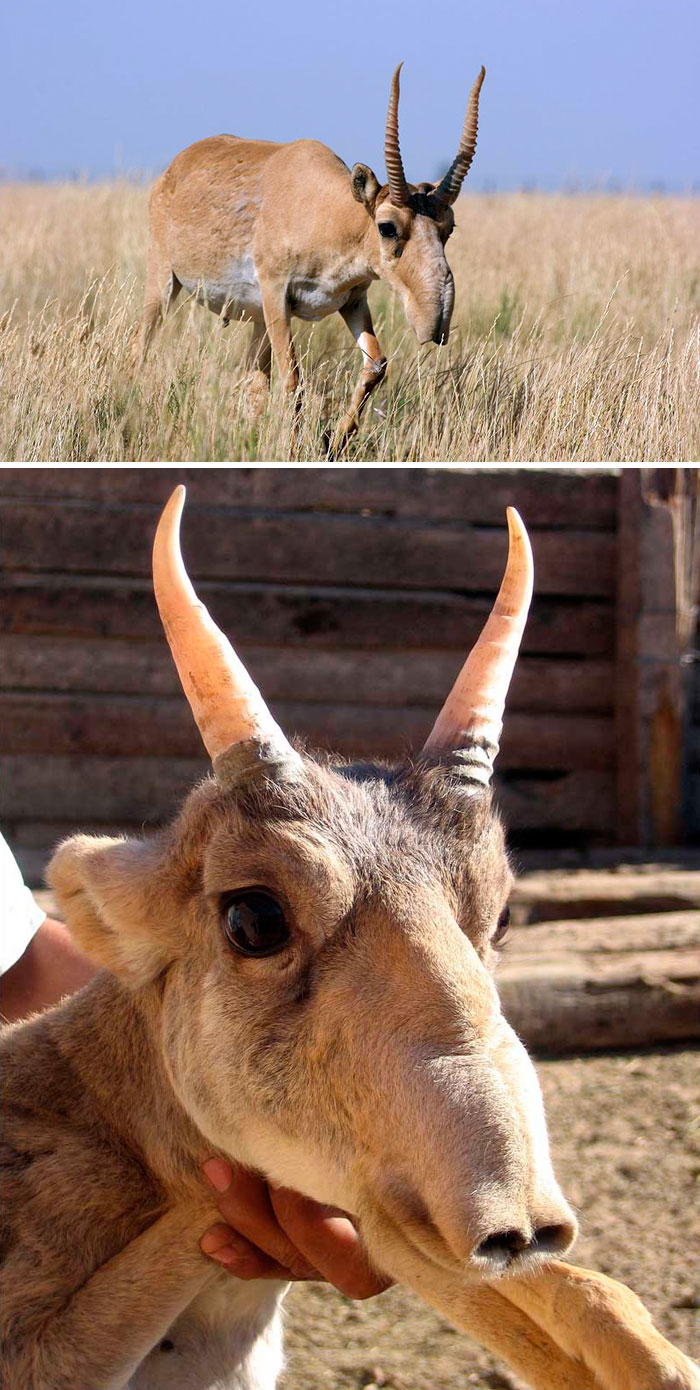
This saiga, spread around the Eurasian steppe, is known for its an extremely unusual, over-sized, flexible nose structure, the proboscis. It is a critically endangered antelope.
#17 Spiny Bush Viper
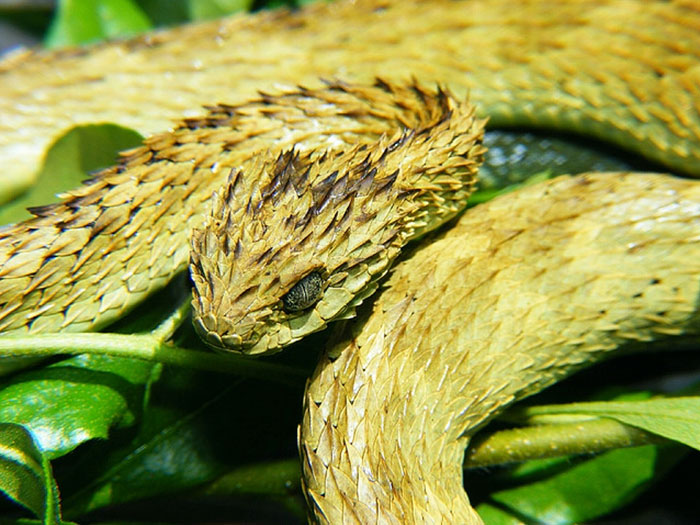
Atheris hispida is a venomous viper from Central Africa. For their extremely keeled dorsal scales they are often called “rough-scaled bush viper” and “spiny bush viper”.
#18 Leafy Seadragon





